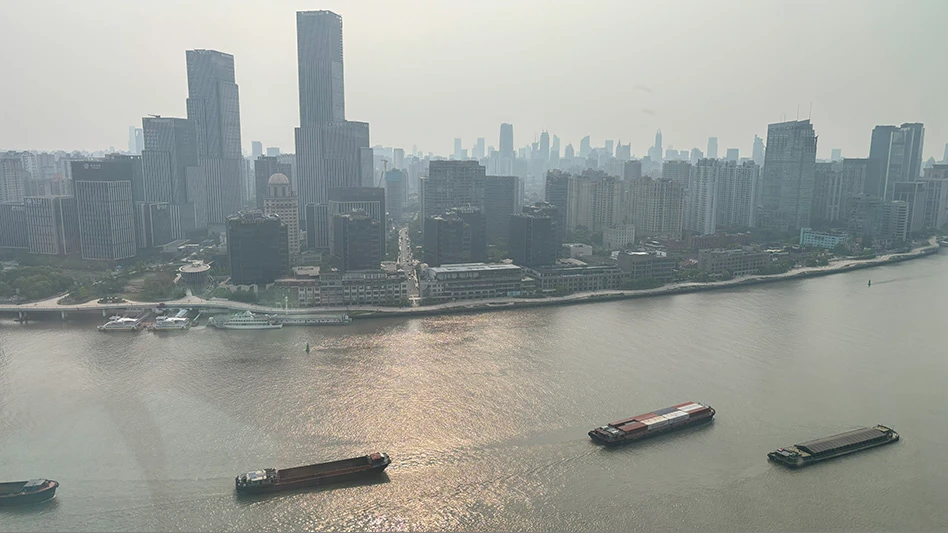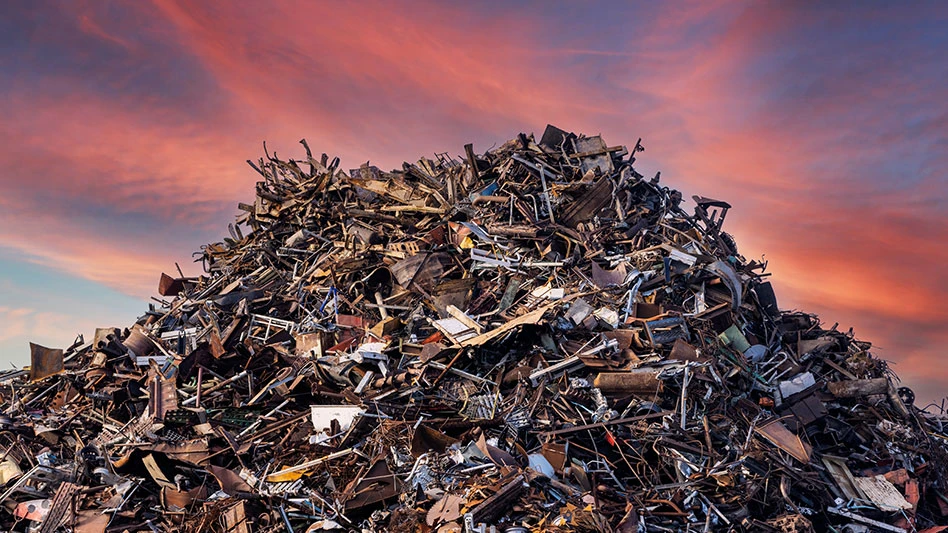INCREMENT BY INCREMENT
The decline in manufacturing has translated into softened demand for secondary plastics and less generation in the last six months, though according to a reprocessor based in the Southeast, generation appears to be increasing.
"It is steadily increasing again," she says of generation at the close of the first quarter of 2009. "A lot of companies quit recycling when the markets turned; it didn’t pay for them to do it."
She adds that while generation appears to be increasing, it is doing so slowly.
Demand for secondary material varies by grade and market, though sources indicate that pricing for post-industrial material is down significantly from earlier highs.
"Domestic demand for scrap plastic is so-so, depending on the grade," a recycler based in the Midwest says as the first quarter of the year comes to a close.
"Our movement for PP (polypropylene), ABS (acrylonitrile butadiene styrene) and PE (polyethylene) are steady domestically, but price is still low," the reprocessor based in the Southeast says," even though we’ve seen pricing jump by a few cents [per pound]."
While overseas demand has been steady, the Midwest recycler says re-establishing consumer confidence in the U.S. is critical to creating demand for secondary plastics. "Until the demand for finished goods starts to pick up here, the demand from China is not going to significantly increase," he says.
"Foreign demand seems to be increasing, a recycler based in the East says. She notes that her company has been shipping material to Korea, Vietnam and Indonesia, adding, "China is not as big a factor as usual."
The recycler based in the Southeast says orders for LDPE (low-density polyethylene) film from China and India came in steadily as the first quarter came to a close. "I cannot fill orders fast enough," she says, noting that buying has picked up after three to four months of little to no activity. "In China specifically, they had tons of LDPE stored last summer, and when markets turned, they used that rather than continually buying and rotating the inventory."
The recycler based in the Southeast says her company has seen demand for Grade B LDPE film increasing domestically, noting that her company is using a broker to help it move the material to a consumer on the East Coast.
When it comes to export shipments, recyclers may experience some difficulty getting containers, depending on their locations. "Containers are hard to come by due to the lack of finished goods coming back on full containers," the Midwest-based recycler says.
"With demand decreasing, you’d think there would be more availability," the recycler based in the East says of containers. However, shipping lines have moved to using smaller vessels to transport containers, and, as a result, some recyclers are having trouble obtaining containers. Rates are also increasing as the shipping lines fill up more quickly, she adds.
In the bag and film recycling sector, Moore Recycling Associates, Sonoma, Calif., reports a 27 percent increase in film recycling in 2007 relative to figures reported for 2005.
According to the company’s "National Post-Consumer Recycled Plastic Bag and Film Report," roughly 415,000 tons of post-consumer plastic film was recovered for recycling in 2007. Moore Recycling Associates notes this figure is on the conservative side, given the shift to export markets in 2007 and the challenges associated with collected data from export buyers, as well as the spike in collection programs.
While composite lumber is the primary consuming market for recovered film, the report notes that 2007 saw an increase in the amount of post-consumer recovered film that went into new film and sheet applications.
More information on the Moore Recycling Associates’ report can be found at www.plasticbagrecycling.org.
(Additional news about plastics recycling markets is available online at www.RecyclingToday.com.)
Get curated news on YOUR industry.
Enter your email to receive our newsletters.

Explore the May 2009 Issue
Check out more from this issue and find your next story to read.
Latest from Recycling Today
- Altilium produces EV battery cells using recycled materials
- Brightmark enters subsidiaries of Indiana recycling facility into Chapter 11
- Freepoint Eco-Systems receives $50M loan for plastics recycling facility
- PET thermoform recycling the focus of new NAPCOR white paper
- Steel Dynamics cites favorable conditions in Q1
- Hydro starts up construction in Spain
- Green Cubes unveils forklift battery line
- Rebar association points to trade turmoil





